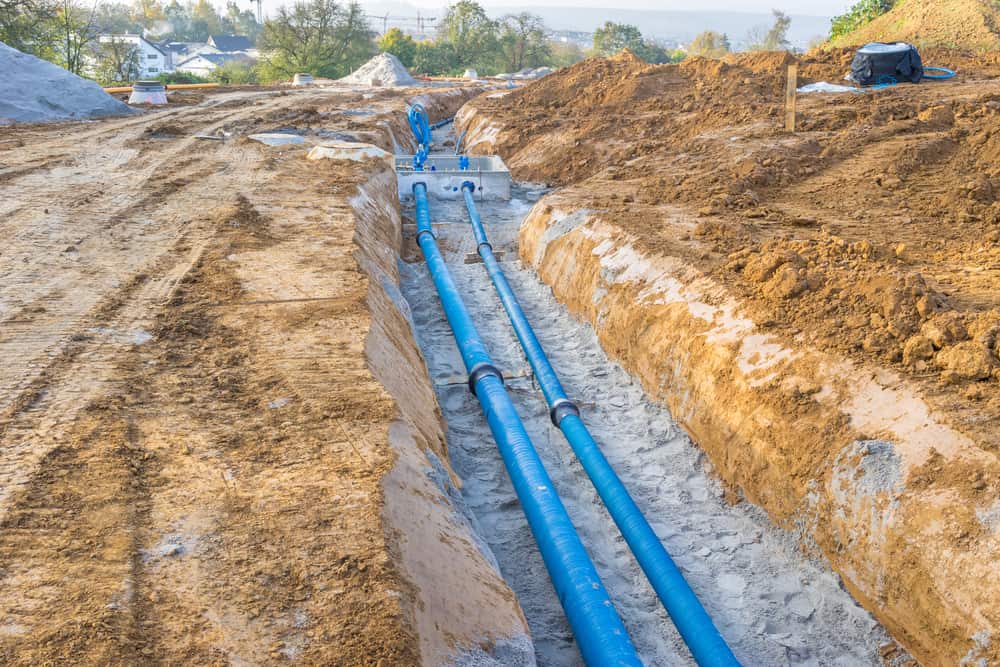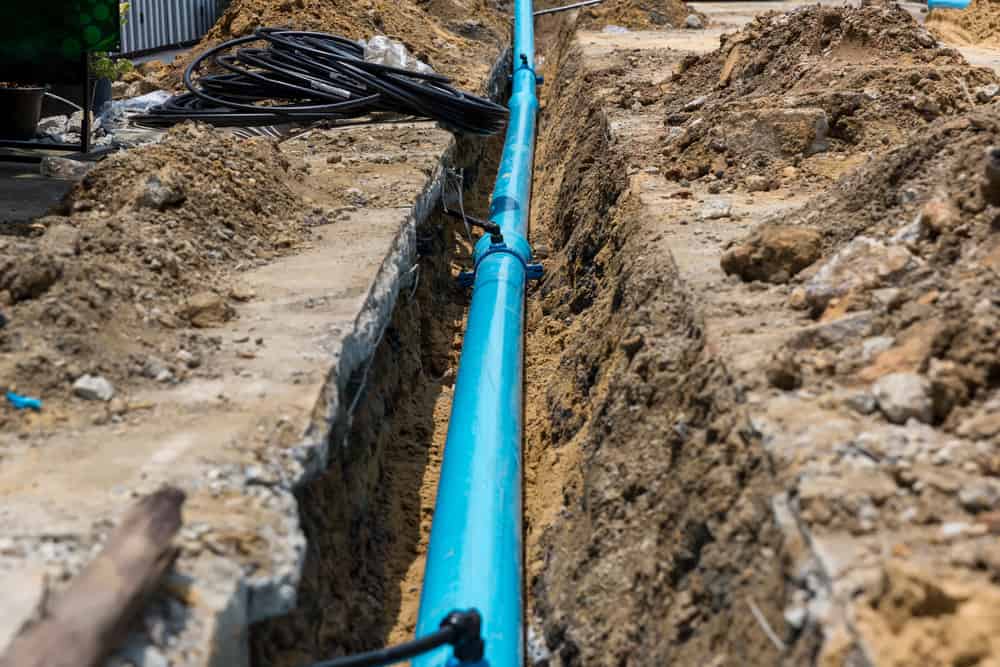
Upgrade Your Water Lines with Expert Water Line Replacement

Homeowners and property owners can fix some plumbing issues easily. Busted main water lines are a big problem, and beginners shouldn’t attempt to repair them. Flooding and water damage can result from leaking water supply lines in your home or business. Water line repair should be handled by a professional company that specializes in this type of plumbing problem.
The experts at Long Island Sewer and Water Main specialize in repairs, replacements, and upgrades to residential and commercial water lines and water mains in Suffolk County.
Rely on Long Island Sewer and Water Main for water line replacement backed by proven expertise.
Experience prompt and efficient water line replacement with Long Island Sewer and Water Main. We value your time and commit to completing projects in a timely manner.
Choose Long Island Sewer and Water Main for water line replacement services that prioritize your satisfaction. Our commitment extends beyond technical excellence; we ensure your peace of mind throughout the process.

You can trust the main water line to bring clean drinking water into your home or business. Besides putting your water supply at risk by pulling in outside contaminants, a broken main water line can also damage your property by creating sinkholes that could be potentially hazardous.
A skilled technician at Long Island Sewer and Water Main can locate and resolve the issue.
Your property will be protected, you will save money, and most importantly, you will receive high-quality water.
Long Island Sewer and Water Main: Family Owned and Operated Since 1983Over 38 years of experience in plumbing and environmental services has made Long Island Sewer and Water Main a leader in the industry. This family owned and operated water line repair company in Suffolk County does all of the work themselves, unlike other local companies. It is assured that the highly trained technicians from Long Island Sewer and Water Main will arrive at your residential or commercial property with the necessary specialized equipment to handle the job efficiently and effectively.
Residential and Commercial Water Line Repair Services in Suffolk CountyPlumbing services are offered by Long Island Sewer and Water Main for both residential and commercial purposes in Stony Brook, NY. With service and reliability in a wide range of fields, Long Island Sewer and Water Main serves residential, commercial, apartment, cooperative, and school buildings. Interested customers can verify the good standing of this company with the local plumbing department. Additionally, Long Island Sewer and Water Main has received an “A” rating from Angie’s List.

Plumbing, water line repair, sewer repair, septic system repair, cesspool pumping, vacuum excavation and other specialty services are provided by water line repair companies. Whatever type of water line you have, Long Island Sewer and Water Main can repair it whether it is copper, steel, poly, galvanized, or plastic. In Stony Brook, NY, the local expert team will work hard to find the leak and resolve it. We offer trenchless sewer and water line installation, pipe bursting, leak detection, utility locating, water jetting, backhoe work, septic systems, and smoke testing.
In order to achieve the best results, Long Island Sewer and Water Main has the right equipment. Plumbing problems above or below ground can be repaired, replaced, or serviced with the latest equipment. Each of the service trucks are fully stocked to handle all emergency situations that may arise.
CompanyNameFull uses the latest technology to install sewer lines and water lines without digging up your lawn. The entire project is carried out underground. Professionals at this company offer high-tech solutions for plumbing service repairs, upgrades, and replacements. In addition, Long Island Sewer and Water Main is able to video inspect piping using push-type or robotic inspection cameras to identify defects or collapsed pipes.
Long Island Sewer and Water Main offers 24-Hour Emergency Service in Stony Brook, NY
It isn’t just during regular business hours that plumbing problems occur. Long Island Sewer and Water Main’s friendly and knowledgeable staff will dispatch one of its fully stocked service trucks to the location of your choice 24 hours per day, seven days per week. They are highly experienced and provide reliable service with pleasant technicians to handle any emergency.
Special Pricing and 100% Satisfaction Guaranteed
The company has been serving customers in Suffolk County for over 38 years and has excellent customer relationships. In addition to bringing the latest technological equipment to every job, they offer fair and honest pricing. Moreover, weekends and nights are not charged extra. Your protection is guaranteed by Long Island Sewer and Water Main.
Contact Long Island Sewer and Water Main for Any Water Line Repair
You need to call Long Island Sewer and Water Main only for water line repairs in Stony Brook, NY.Any and all services will be provided by Long Island Sewer and Water Main to you. We have the expertise to handle all of your water service needs quickly and cost-effectively. For more information on water line repair in Stony Brook, to schedule service, call 800-479-5325 or visit https://www.longislandsewerandwatermain.com/.
Stony Brook is a hamlet and census-designated place (CDP) in the Town of Brookhaven in Suffolk County, New York, United States, on the North Shore of Long Island. Begun in the colonial era as an agricultural enclave, the hamlet experienced growth first as a resort town and then to its current state as one of Long Island’s major tourist towns and centers of education. Despite being referred to as a village by residents and tourists alike, Stony Brook has never been legally incorporated by the state. The population was 13,740 at the 2010 census.
Here are some plumber-related links and associations.
Copyright © 2024 Long Island Sewer and Water Main. All Rights Reserved. SEO Company NYC Sitemap | Privacy Policy